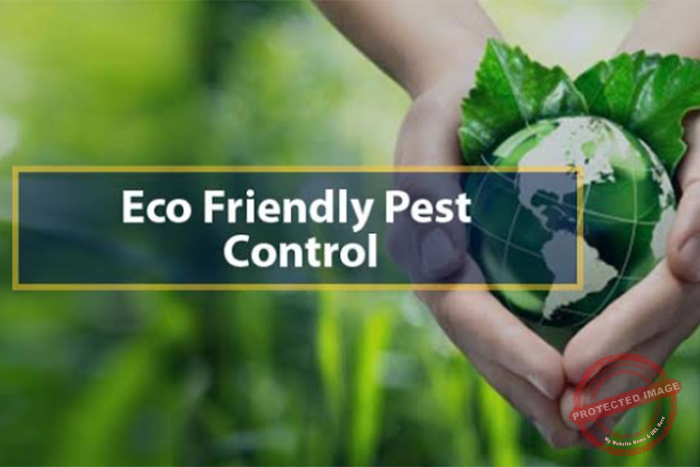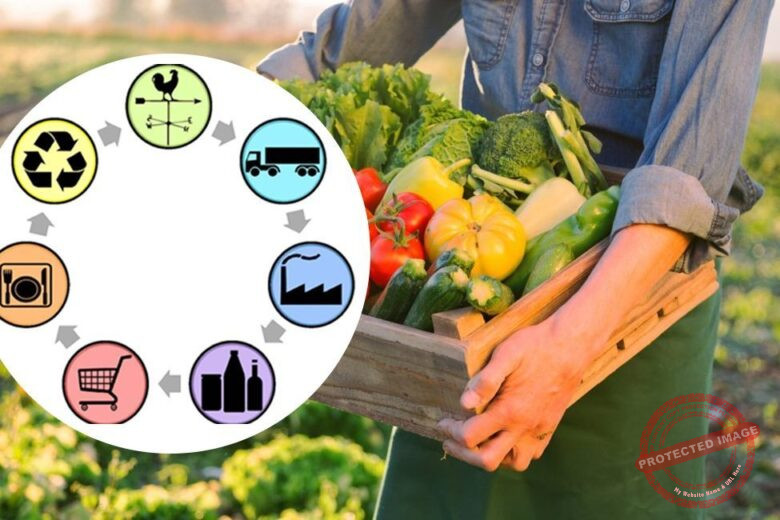Wild violets are beautiful flowering plants that can add a touch of color to any landscape. However, they can quickly become a nuisance when they invade lawns and gardens. Their resilient nature and ability to spread rapidly make them difficult to control.
In this article, we will explore the best herbicides available for managing wild violets effectively. Whether you’re a homeowner or a professional landscaper, these herbicides will help you reclaim your lawn from the grasp of these persistent weeds.
Top 10 Best Herbicides for Wild Violets
Wild violets, scientifically known as Viola sororia, are perennial flowering plants native to North America. They are characterized by heart-shaped leaves and vibrant purple, blue, or white flowers. Wild violets often grow in clusters and can quickly cover large areas if left unchecked.
1. GreenGuard Pro Herbicide:
This powerful herbicide offers exceptional control over a wide range of common weeds, ensuring your garden remains weed-free.
2. WeedBeater Ultra Herbicide:
Designed for broadleaf weed control, WeedBeater Ultra is a reliable option to eliminate unwanted plants without harming desirable vegetation.
Read Also: Top Best Herbicides For Sugarcane
3. Roundup ProMax Herbicide:
Known for its fast-acting formula, Roundup ProMax provides effective control against both grasses and broadleaf weeds.
4. Preen Garden Weed Preventer:
Preventive herbicides are essential for tackling weeds before they even have a chance to sprout. Preen Garden Weed Preventer excels in this area, keeping your garden weed-free for months.
Read Also: Top 10 Best Herbicides for Clover
5. Ortho GroundClear Vegetation Killer:
When you need a potent solution to clear large areas, Ortho GroundClear Vegetation Killer is the go-to herbicide, eliminating all vegetation for up to one year.
6. Southern Ag 2,4-D Amine Weed Killer:
Ideal for selective weed control in lawns and turf, this herbicide targets broadleaf weeds while leaving your desired grasses unharmed.
Read Also: Top 10 Best Herbicides for Japanese Knotweed
8. Spectracide Weed and Grass Killer Concentrate:
With its concentrated formula, Spectracide Weed and Grass Killer offers powerful control against even the most stubborn weeds.
9. BioAdvanced All-in-One Lawn Weed & Crabgrass Killer:
Designed specifically for lawns, this herbicide effectively tackles both common weeds and crabgrass, helping you achieve a pristine lawn.
Read Also: Top 10 Best Herbicides for Thistles
10. RM43 Total Vegetation Control:
If you’re in need of a long-lasting solution for large areas, RM43 Total Vegetation Control provides up to one year of weed control.
11. Tenacity Turf Herbicide:
Suitable for both residential and commercial use, Tenacity Turf Herbicide is highly effective against a broad spectrum of weeds, including perennial grasses.
Characteristics of Wild Violets:
Wild violets have several distinctive features that help them thrive in various environments. They have underground rhizomes that allow them to spread and establish new plants. Their flowers bloom in spring, attracting pollinators. Additionally, they can adapt to different soil types and tolerate partial shade, making them challenging to eliminate.
Read Also: Top 10 Best Herbicides For Weed Control
The Problem with Wild Violets:
Wild violets may look charming, but they pose several problems for lawns and gardens.
Invasive Nature of Wild Violets:
Wild violets are invasive weeds that can quickly take over a lawn or garden. Their ability to reproduce rapidly through rhizomes and seeds enables them to outcompete desirable plants for space, light, and nutrients.
Negative Effects on Lawns and Gardens:
Wild violets can have detrimental effects on lawns and gardens, including:
Competition for Resources: Wild violets can deprive other plants of essential resources like water, sunlight, and nutrients, leading to stunted growth or even death of desirable plants.
Unsightly Appearance: When wild violets invade lawns, they create uneven patches of different-colored foliage, disrupting the uniformity and beauty of the grass.
Read Also: Top 10 Best Herbicides for Spurge
Difficulty in Lawn Maintenance: The thick, dense growth of wild violets can make mowing and other lawn care tasks challenging and time-consuming.
Negative Impact on Crop Yield: In garden beds, wild violets can hinder the growth and productivity of vegetables, flowers, and other desired plants, affecting overall crop yield.
The Importance of Herbicides:
Herbicides play a vital role in effectively managing wild violets. Here’s why they are essential:
Herbicides are specifically formulated to target and eliminate unwanted weeds, including wild violets. They contain active ingredients that disrupt the growth, development, or metabolic processes of weeds, leading to their suppression or eradication.
Benefits of Using Herbicides for Wild Violet Management:
Precision Targeting: Herbicides allow you to selectively treat areas infested with wild violets without harming desirable plants nearby.
Time and Effort Savings: Herbicides offer a convenient and efficient solution for controlling wild violets, reducing the need for manual removal or labor-intensive methods.
Long-lasting Results: When used correctly, herbicides can provide long-term control by preventing wild violets from regrowing or spreading.
Factors to Consider When Choosing Herbicides:
Before selecting a herbicide for wild violet control, it’s important to consider the following factors:
Safety Considerations:
Read and follow the instructions and safety precautions mentioned on the herbicide label.
Ensure the herbicide is safe for use on the type of lawn or garden you have.
Take precautions to protect yourself, such as wearing protective clothing, gloves, and eyewear.
Selectivity and Non-Selectivity:
Selective herbicides target specific types of weeds, allowing you to control wild violets without harming desirable plants.
Non-selective herbicides, on the other hand, can kill both weeds and desirable plants, so caution should be exercised when using them.
Application Methods:
Herbicides come in different forms, including liquids, granules, or ready-to-use sprays. Choose a formulation that suits your needs and preferences.
Consider the application method, such as foliar spraying or spot treatment, depending on the extent of the infestation and the area you need to treat.
Conclusion
If you are planning to have herbicides to control Wild Violets in your farm or garden, here is information you need to know.
![How To Buy Farmland For Investment [Farmer’s Guide]](https://agrolearner.com/wp-content/uploads/2024/01/Farmland.jpg)


